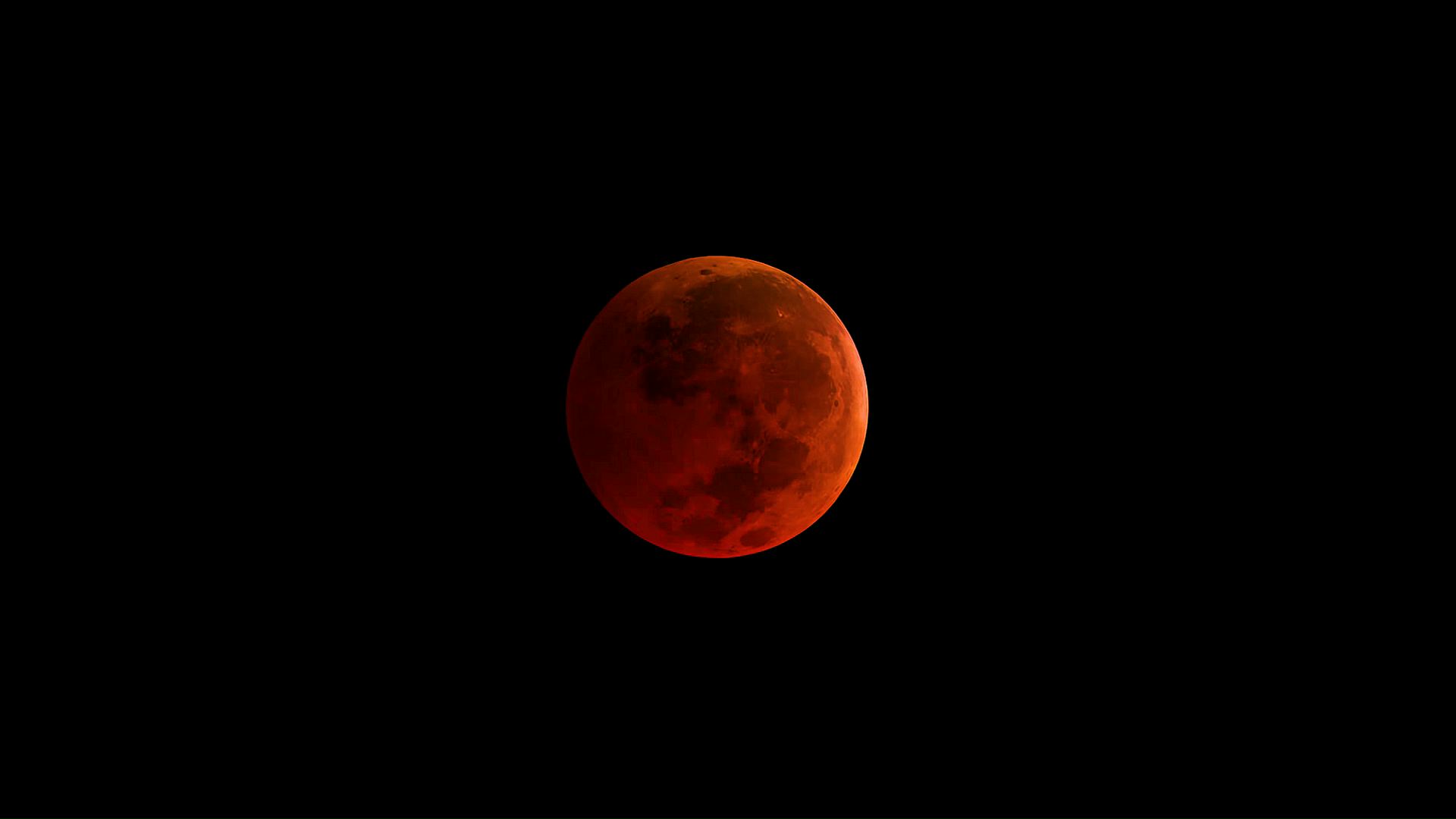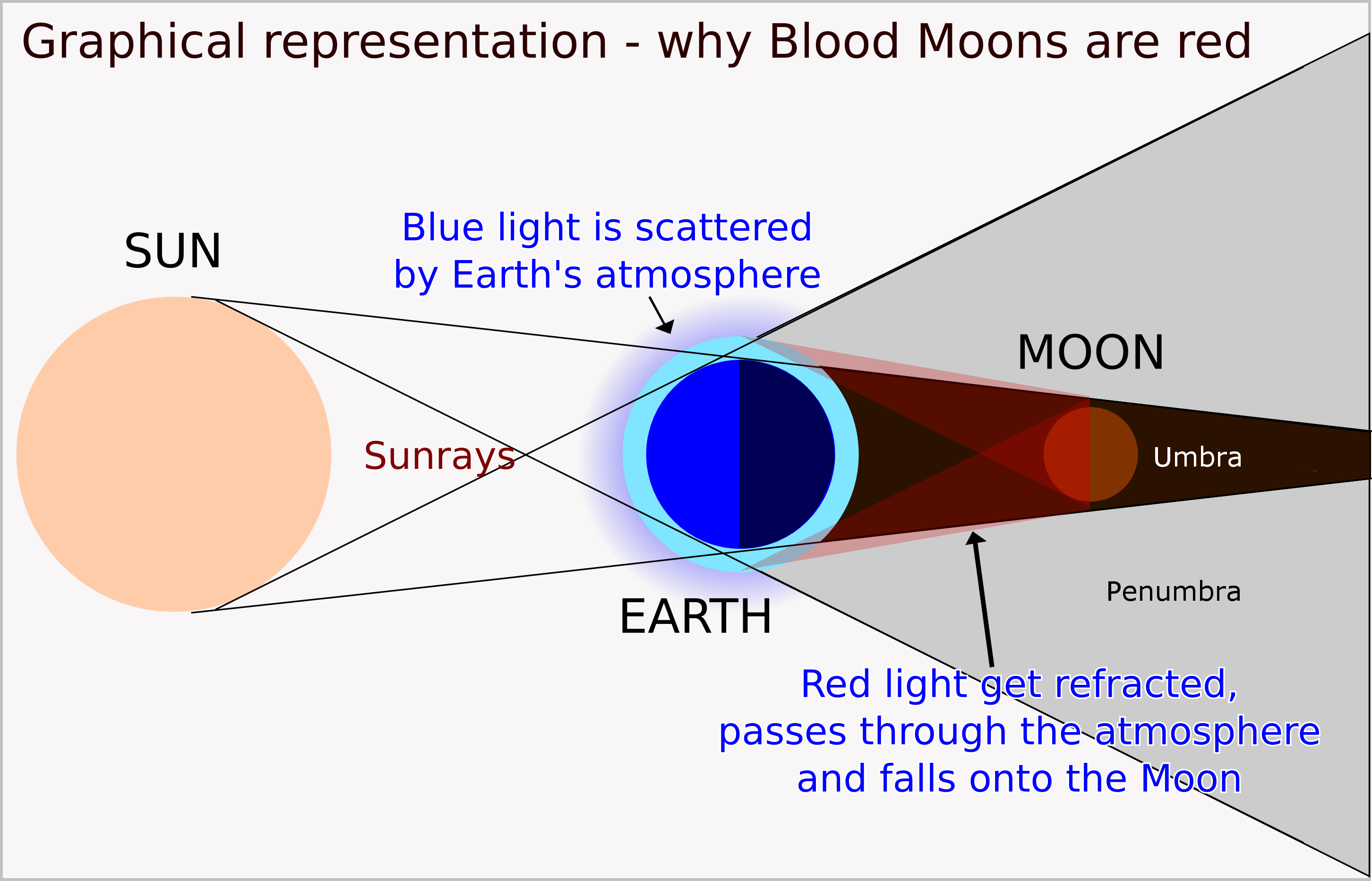Total lunar eclipse and blood moon 2018
This Friday 27th July, be prepared for one of the most astonishing and rare sights of the year: a total lunar eclipse and blood moon. The extraordinary event will be visible from most of the globe and from the UK at the Moon's rising at 8:50pm (Greenland, Canada and the USA are the unlucky ones missing out this time!).

Source: NASA.
What is a total lunar eclipse?A total lunar eclipse is when the Sun, Earth and Moon are perfectly aligned - in that order. A lunar eclipse (as opposed to a solar eclipse) requires the Earth to be in between the Sun and Moon, resulting in Earth's shadow being cast onto the Moon. You may think that this would fully block out the Moon, but this is not the case...as something remarkable happens: it turns a shade of red/orange.
But what causes the colour?
This is the part that's truly amazing, and part of something that we see every day: the sky turning red as the Sun sets. As the Sun gets lower on the horizon (during the start/end of the day) the blue light that it emits scatters in our atmosphere, much more so than the red light; allowing more red light to reach our eyes directly from the Sun (for more information, see our section on different wavelengths). This is exactly the same principle as what creates the colour of our 'blood moon', that is, the scattering of the Sun's blue light into space and the refraction of its red light (changing its angle ever so slightly) to point towards the Moon causes it to adopt a red/orange hue, just like how the clouds get their similar colours in the morning/evening.

Source: Eggishorn
Do I need a telescope?
If you have one, great! But there's no real need for a telescope or binoculars; your eyes are going to enable you to see everything that's on offer. It will be the longest total lunar eclipse in this century so far, lasting approximately 1 hour 43 minutes in the phase of being a total eclipse from the very start of its ascent into our night sky. This does mean that the UK doesn't get to see the stages of partial eclipse leading up to the event, but we'll definitely get the wonderful colour on display from the get-go.
You may also be asking: Why is the total lunar eclipse so long?
The answer is relatively straight forward. The Moon is at its furthest point from Earth (apogee) and will thus be the smallest full moon that we'll have in 2018. Being further away means that the Moon will have to travel a greater distance (than if it was closer) to subtend the same angle across the sky, and as its speed remains constant this will result in a longer time to fully appear on the other side of the Earth.
Have a look out for Mars!At around six degrees below the Moon, you'll see a brightly shining object which also adopts a yellow/orange colour. That will be the planet Mars also situated in opposition to the Sun.

